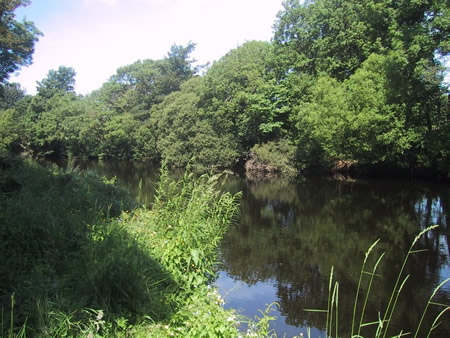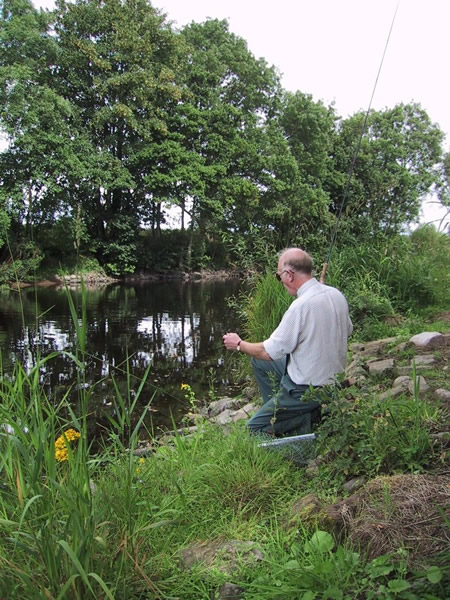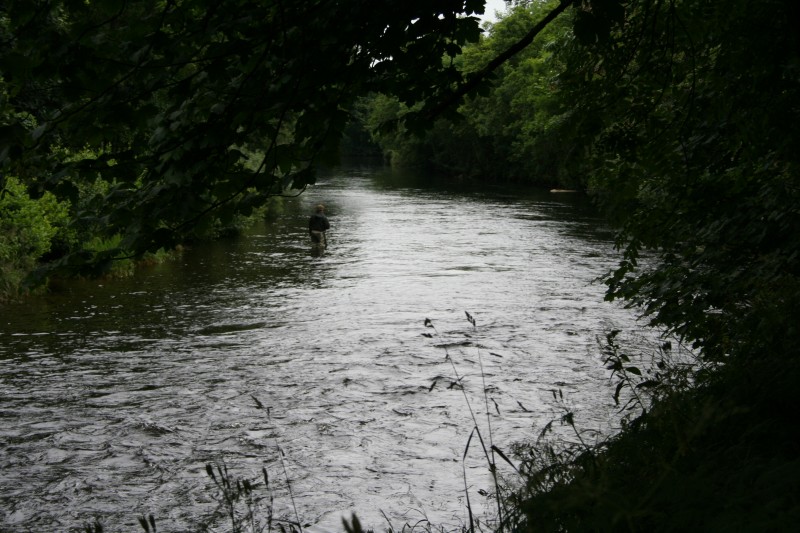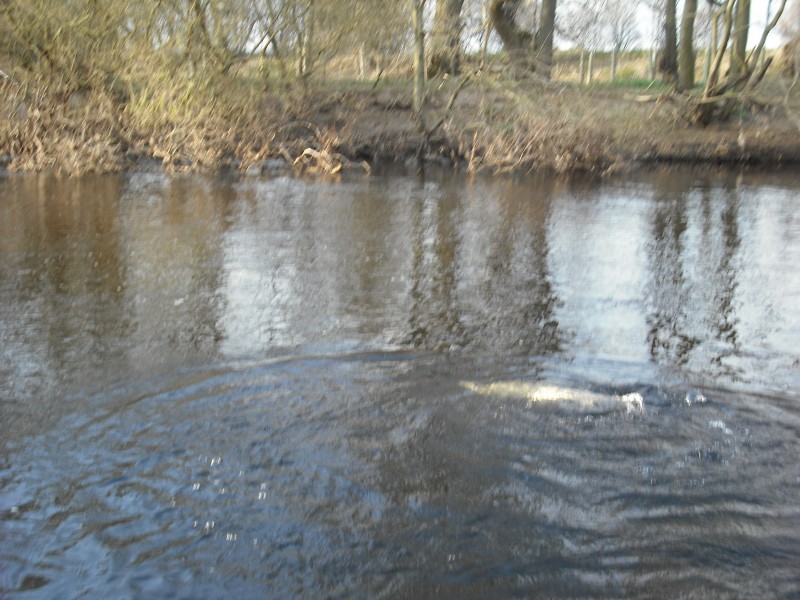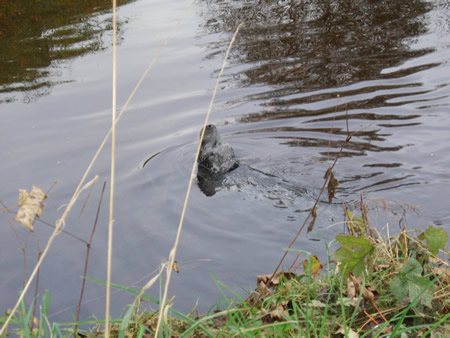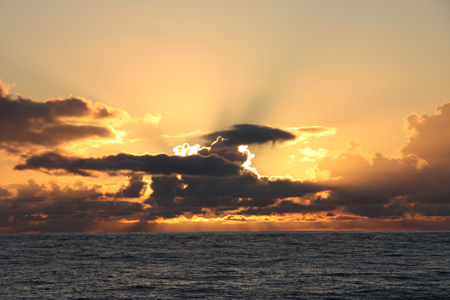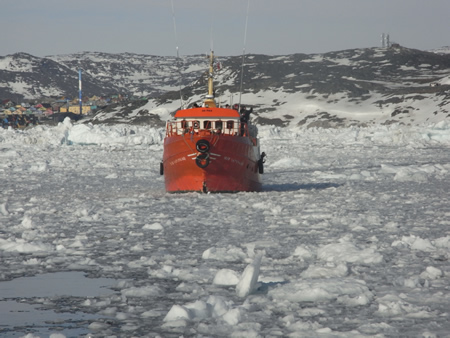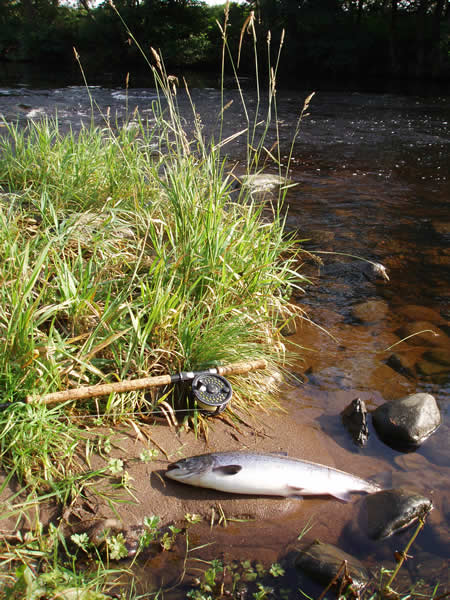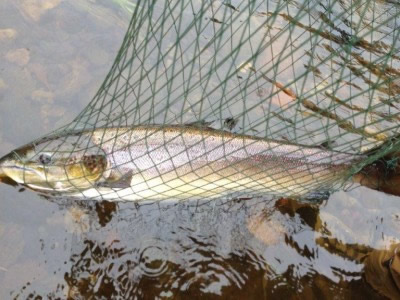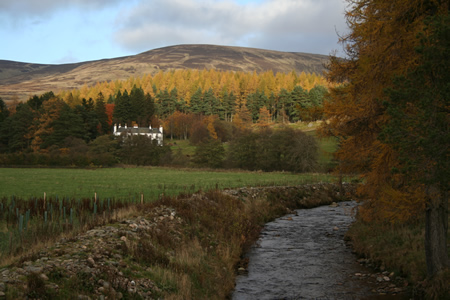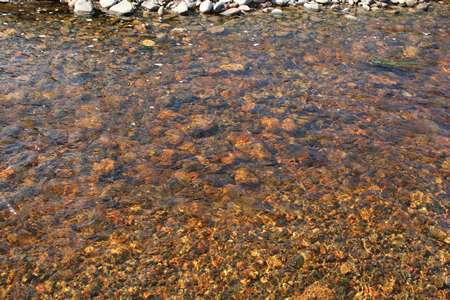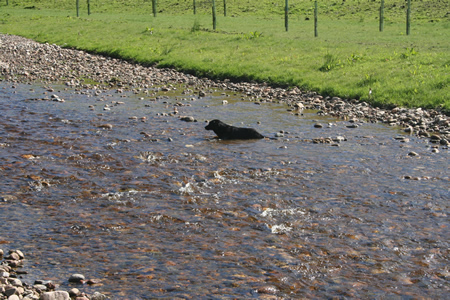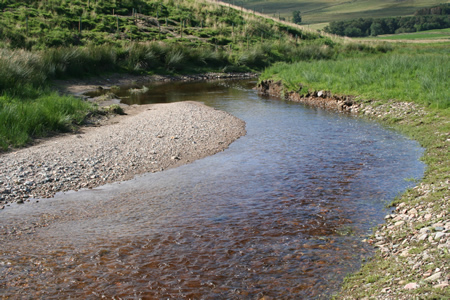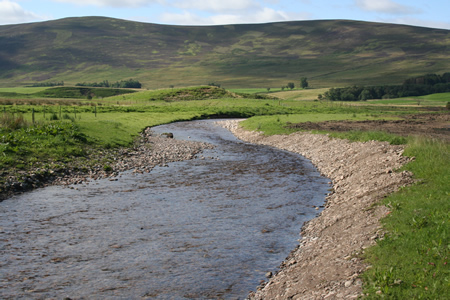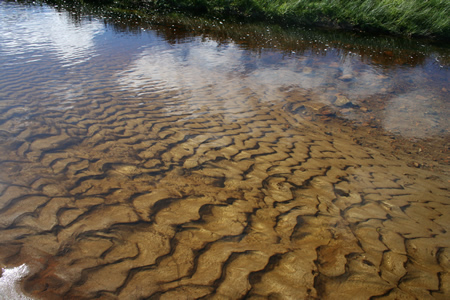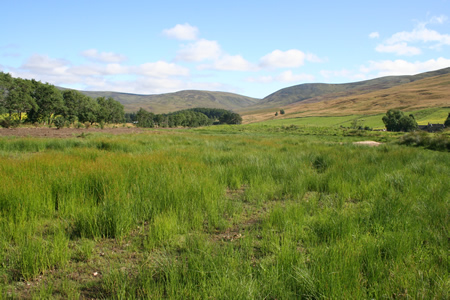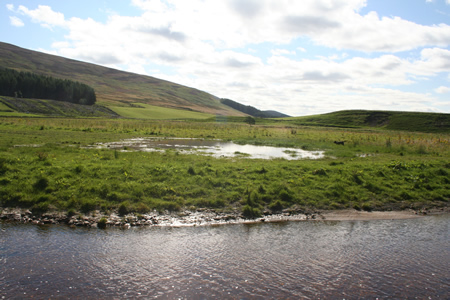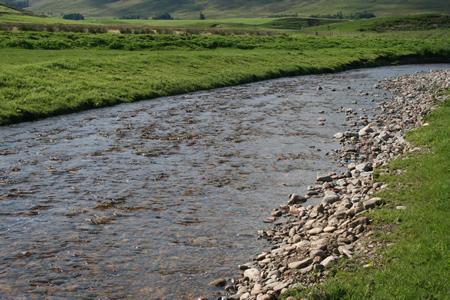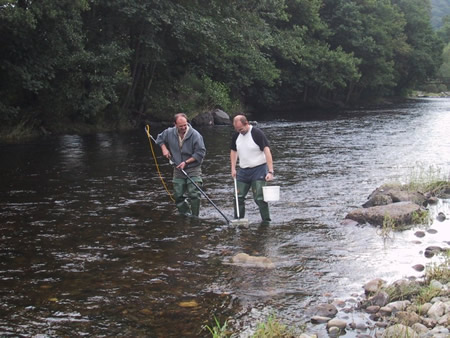These bulletin blogs represent news about Finavon and the South Esk, and my views as a riparian owner. They are not the views of any other organisation, nor are they designed to promote the interests of any individual or organisation other than Finavon Castle Water and factors affecting the fishery. Tony Andrews
In the 36 years I have lived on the South Esk near or at Finavon many people have commented on the reliable performance of Willows for catching both salmon and sea trout at all times of the season and in all conditions. I became aware of the capacity of this pool to produce fish in all water levels in 2000, when I discovered that a lightly tied and weighted nymph cast upstream to fish lying beneath the willows that billow out from the north bank – and from which the pool gets its name – can occasionally persuade salmon, grilse and sea trout to take in bright sunlight. Over the first ten days of August of that year I caught 15 salmon and grilse and three sea trout using that method in drought conditions.
Willows is a ‘pool’ only in the salmon fishers’ definition of a pool as a place where you catch fish. Actually Willows is the head of the Boat Pool. If you want to be really picky you could argue that Tyndals, Willows, Upper Boat Pool, Volcano and Lower Boat Pool are all one pool – a pool 500 yards long in a small river. This highly productive stretch of river is defined by its plateau topography, ideally situated at a distance from the sea where, in most conditions, running fish are ready to pause in their upstream migration. The ‘Plateau’ is therefore an extended resting or holding area for South Esk migratory fish.
Alasdair was ghillie and river keeper at Finavon for nearly twenty years (1989 – 2008). In the photo above he is casting a weighted nymph to the main lie at the Willows in low water in 2000. During that month Willows produced salmon, grilse and sea trout, all caught on the nymph in broad daylight, sometimes sunshine.
Looking downstream from the head of Tyndals towards The Willows. The photo above shows how this is really just one long pool. The pool names are only our convenient way of identifying the likely places to catch fish!
Above the plateau is the steep gradient down from Bridge Pool into Tyndals Pool, and below it is the fast water through the Flats, Castle Stream and the cataract downstream into Craigo Stream. Between those two high energy and turbulent streams the ‘plateau’ provides welcome respite and a place for salmon to pause or lie up. For a salmon or sea trout hellbent on getting up into the glens this plateau is the first natural resting area after the long haul of 12 swimming miles from the tide at the House of Dun railway viaduct. In the right conditions salmon and sea trout can be at Finavon within 12 hours, carrying female sea lice with their ‘ropes’ of eggs (long tails) still evident.
My first experiences of fishing Willows were in those short and fruitful sea trout fishing nights of the 1980s when sea trout were in great abundance and Finavon was regularly catching 300+ in a season. Willows and Indies were our top pools with each pool recording upwards of 85 sea trout in a season.
Fishing Willows requires stealth and a readiness to await the end of dusk and the start of the night proper, albeit a light one in late June or early July. The shoal of sea trout will probably be lying in calm water in and around the overhanging willow bushes, and usually the shoal extends, like a pale shadow on the bed of the river, well down into Upper Boat Pool, and is very easily disturbed. Tactics must involve good fieldcraft, minimal noise from crunching gravel, no torchlight shining on the water, and of course accurate casting. It is also important to minimise false casting because in the clear water of the low South Esk, on a crepuscular as opposed to dark summer’s night, fish will react to the flash of a line or leader. It is also important that the fly is presented with some delicacy, especially in the earlier part of the night.
Often you can hear sea trout splashing about under the trees, and on more than one occasion I have heard (and felt!) sea trout crashing through their branches after taking the fly and diving under or leaping into the foliage. These hooked fish are nearly always lost after a short tussel, sometimes with a sea trout momentarily suspended from a willow branch! If you want a really good night’s fishing, after your reconnaissance has revealed a shoal of 50+ sea trout in the pool, it is important that you avoid wading through the shoal, which means not wading too far out from the south bank. If you do hook a fish you should try to bring it away from the shoal by coaxing it upstream to land it where you have already waded. Sometimes, if you get a big sea trout (4lbs and above), you won’t be able to control it, and the likelihood is that, after landing your big fish, you will need to give the pool a half hour rest to allow the shoal to re-form. On four or five occasions I have hooked a salmon in the spot where you expect a sea trout. Playing a fresh-run salmon of more than 10lbs in the restricted confines of Willows at night is a great experience, but perhaps not the best preparation for a productive night’s sea trout fishing!
This 15lbs salmon was hooked and landed in The Willows in April 2008. The end of the line of willows (seen in the photo above) is a great holding lie for a salmon any time after the beginning of March. It is also the best place at Finavon to catch sea trout at night in low water.
Willows in low water is radically different from the same pool in a spate. I think of Bill Currie’s book, ‘The River Within’, when I reflect on the Jekyll and Hyde nature of Willows. The two aspects of the pool are so different that I have toyed with the idea of giving them different names, perhps ‘The Willows Glide’ for low water and ‘Boat Stream’ for high water. Bill, who often fished at Finavon and caught a number of sea trout in The Willows, described the Tay in low water as a different river from the famous river of spring and autumn flows. He talked about new streams, pots, ‘scallops’ and lies that are revealed as the river drops to summer low levels and how, even in low flow conditions, fresh grilse and multi sea-winter fish become available to the skillfull fly fisherman in places that the usual visitor to the Tay never knew existed! That is how Willows is. In a spate it becomes a smooth, fast flowing stream of 4′ 0″ of water over gravel as it enters the much deeper holding pool of Upper Boat.
The Willows can be electrifyingly exciting to fish because in those conditions it can hold large numbers of taking salmon. For example, my brother John, who only had a couple of hours before leaving for the South, caught three beautiful autumn salmon on a sunny October morning in 2010. Over the years there have been first salmon, big fish, minor disasters and sheer joy provided by the Willows, a pool that is only 40 yards long and no deeper than 4′ 6″. It is also the pool which in 1936 produced the biggest salmon ever caught at Finavon – a 36lbs August fish.
Finally, The Willows is where in October 2008 Derek Strachan took the remarkable photo above of a harbour seal. When I consider the obstacles which this legless marine mammal had to surmount to reach Finavon – a feat that surely would qualify it for a paralympic steeplechase – I am lost in admiration for its determination and agility, despite the mayhem it undoubtedly caused among our pre-spawning salmon!
TA 7/9/2012
